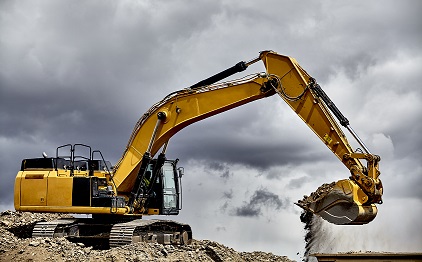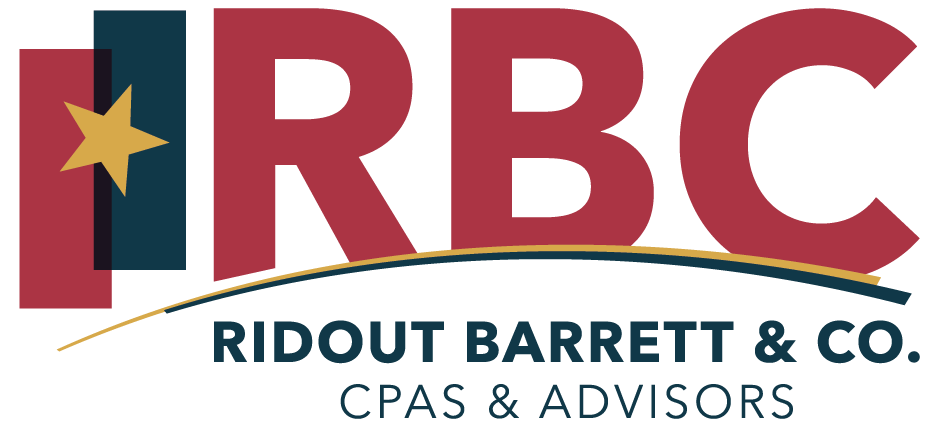
The New Lease Accounting Impact on Construction Industry
By John Moore, CPA, CFE
In 2019, the Financial Accounting Standards Board (FASB) implemented ASC 842, a new lease accounting standard. The new standard requires companies to account for all lease obligations on their balance sheets. All private companies with annual reporting periods beginning after Dec. 15, 2022, should have adopted ASC 842 by now. The companies should have evaluated all their leases and recorded their 2022 year-end financial statements in accordance with the new standard.
Before ASC 842, operating leases were not recorded on the balance sheet but only in the footnotes. With the new standard, companies must recognize a “right-of-use” asset and a corresponding lease liability on their balance sheets for all leases with a term greater than 12 months.
This significant change has a major impact on key financial ratios, especially for businesses that rely heavily on leasing arrangements, such as the construction industry. This change can affect the following key financial ratios:
1. Debt-to-Equity Ratio: The debt-to-equity ratio measures a company’s ability to pay off its debts with its own assets. With the new lease accounting standards, lease liabilities will be added to a company’s balance sheet, increasing its overall debt. As a result, the debt-to-equity ratio will increase, indicating a greater level of debt compared to equity. Construction business owners must consider this ratio when assessing their company’s overall financial health.
2. Interest Coverage Ratio: The interest coverage ratio measures a company’s ability to pay its interest expenses. With the inclusion of lease liabilities on the balance sheet, a company’s interest expenses will increase, as lease liabilities also include interest expenses. This increase will result in a decrease in the interest coverage ratio, which may signal a higher risk of default on loans.
3. Return on Assets (ROA): The return on assets ratio measures a company’s efficiency in generating profits from its assets. With the inclusion of right-of-use assets, a company’s total assets will increase. This increase in assets may result in a lower ROA, as profits are now being spread over a larger asset base.
4. Earnings Before Interest, Taxes, Depreciation, and Amortization (EBITDA): The EBITDA ratio is used to assess a company’s profitability before accounting for interest, taxes, depreciation, and amortization expenses. With the inclusion of lease liabilities and right-of-use assets, the depreciation and interest expenses will increase, resulting in a decrease in the EBITDA ratio. This decrease may indicate that the company is less profitable than it was before the implementation of the new lease accounting standards.
5. Working Capital Ratio: The working capital ratio measures a company’s ability to meet its short-term obligations. With the inclusion of lease liabilities, a company’s overall liabilities will increase, potentially decreasing its working capital ratio. This decrease may signal that the company may face difficulties meeting its short-term obligations, such as paying suppliers or employees.
Heavy contractors who lease equipment and contractors who lease long-term real estate could be most at risk in adopting the new standard.
It’s never too late to have a plan
The first year of any significant change is difficult. To handle current and future lease obligations, construction business owners should assess their existing leases and determine which leases will be affected by the new accounting standards. Companies should consult with Certified Public Accountants (CPAs) to ensure that they are accurately accounting for all lease obligations and properly disclosing this information in their financial statements. Communication between the CPA, surety broker and banker is key during this transition year. Discussions should focus on plans for handling future lease obligations, finding the best business structure, renegotiating leases, considering purchases, etc. Now is the time.
It’s essential for construction business owners to monitor their working capital ratio closely and make necessary adjustments to ensure that they have enough working capital to meet their short-term obligations. This may involve negotiating favorable payment terms with suppliers or improving the efficiency of their accounts receivable processes. By doing so, construction business owners can maintain a healthy working capital ratio and avoid potential financial difficulties in the future.
In conclusion, ASC 842 has a significant impact on key financial ratios and can affect how construction business owners assess their company’s financial health. Understanding the new lease accounting standards and how to handle future lease obligations is crucial for businesses to make informed financial decisions.
About Author: John Moore, CPA. CFE is an Audit Senior in the San Antonio, TX, office of Ridout Barrett & Co. P.C. (RBC). A member of the firm’s construction industry group, he serves clients in the construction, real estate and government industries. Contact him at jmoore@rbc.cpa. RBC is recognized as one of the Top 50 Construction Accounting Firms in the United States. For over 35 years, RBC has provided professional accounting, tax, and business consulting services to construction clients throughout the state of Texas and beyond. RBC experienced professionals understand the complexities of the construction industry and are committed to serving our community through high-quality service and dedicated relationships. RBC has cultivated lasting and trusted relationships with construction business owners, sureties, bonding agents, attorneys and bankers. Visit www.rbc.cpa








